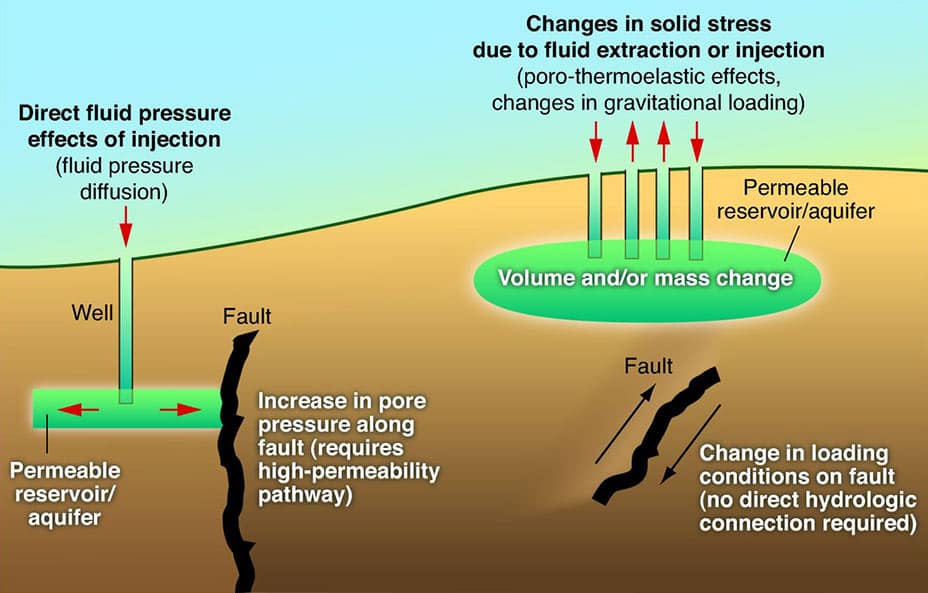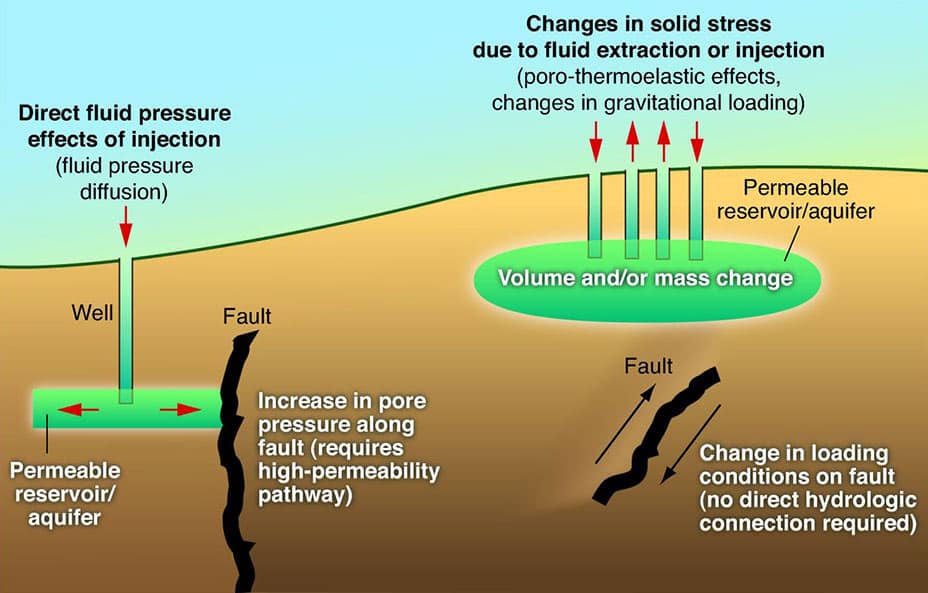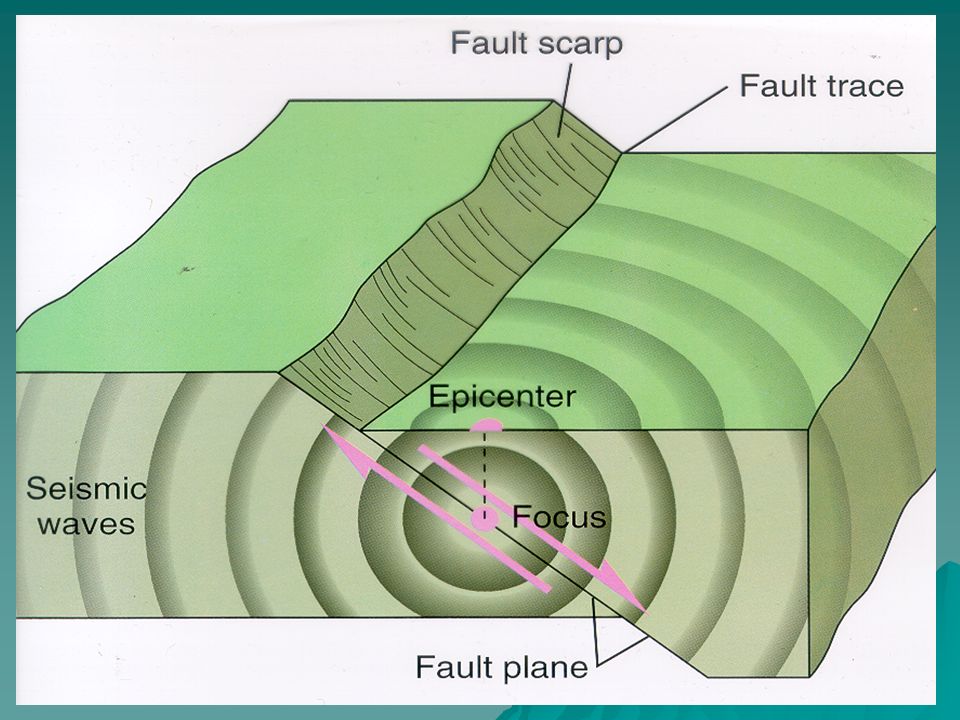In this article we discuss what causes earthquakes. The main reasons such as natural causes and man-made causes are discussed in detail.
Knowledge about earthquakes is very important for engineers in different areas because the damage is not limited to civil construction works. In the areas where they occur, they can hit anything with force. However, through preventive measures and specialized knowledge, the potential damage caused by earthquakes can be minimized or avoided.
Earthquakes can have several causes. Earthquakes can have natural or man-made causes, as we perceive earthquakes as movements or tremors of the ground that seem unpleasant to us. Depending on the extent or severity, damage may vary.
What causes earthquakes? Types of earthquakes
As already mentioned, a tremor in the earth can be called an earthquake. Depending on the type of occurrence, the following types of earthquakes can be distinguished.
- Induced earthquake
- Earthquake collapse
- Volcanic earthquakes
- Tectonic earthquakes
Let's discuss each type of earthquake to understand the cause of earthquakes.
Induced earthquake
Induced earthquakes are caused by human activities. Stresses and strains caused by human activities often manifest themselves in earthquakes and tremors.
Some of the causes for the formation of earthquakes are as follows.
- Injection of liquid into the deepest layers of the earth; Injection of industrial byproducts such as carbon dioxide and wastewater produced during oil and gas production. The Wikipedia article induced seismicity For more information about the formation of earthquakes and tremors, see the following links.
- extract liquid from the earth; Groundwater extraction can cause induced earthquakes
- Mining
- Dam construction
- Tunnel construction


Earthquake collapse
Most collapse earthquakes, which are generally smaller, occur near underground mines. The pressure that builds up inside the rock causes collapse earthquakes. This type of earthquake causes more tremors, which leads to the collapse of the mine roof. Small towns or cities near underground mines often experience these earthquakes.
Volcanic earthquakes
Compared to tectonic earthquakes, volcanic earthquakes are of similar magnitude.
Volcanic earthquakes occur below the epicenter of the eruption and usually occur near the Earth's surface.
Tectonic earthquakes
Earthquakes of this type occur more frequently around the world due to the relative movement between plates.
There are seven plates in the world, namely the African Plate, the Antarctic Plate, the Eurasian Plate, the Indian-Australian Plate, the North American Plate, the Pacific Plate and the South American Plate.


Relative movement creates seismic waves, as shown in the figure below, and these propagate through the ground in vertical and horizontal directions.
A sudden slip on a fault leads to an earthquake. Although tectonic plates move constantly and slowly, friction between the plates causes them to get stuck at the edges. An earthquake occurs when the tension at the edges exceeds friction, releasing energy in waves that flow through the Earth's crust and cause the tremors we feel in the vertical and horizontal directions.
It causes ground movement. Sometimes permanent deformations occur in the ground after an earthquake.


The design of earthquake-resistant structures is particularly important in earthquakes caused by moving plates, as these generate very high ground accelerations, which lead to serious damage to structures and as a result many people die.
Check out the following articles for more information on understanding the causes of earthquakes and important facts to consider when designing buildings.
- UBC Earthquake Resistant Design 1997
- UBC 1997 Earthquake Resistant Design Example
- Earthquake-proof design (worth knowing)
- Earthquake Resistant Design Principles – Factors to Consider
- Seismic detailing of beams and columns
- Earth seismic pressure coefficient
Reference: Internet and books, images come from the Internet

